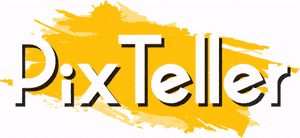The Visual Side of Product Marketing: Turning Features into Stories

Getting people to like your product isn’t as easy as before. And let me tell you, listing all its features just won’t do it. Back in the day, saying that a phone has a 12MP camera instead of a VGA one would seal the deal. But now, an upgrade from 32MP to 48MP barely makes a difference. So, instead of telling everyone about what your product brings to the table, show them.
Nowadays, you have the technical possibilities to turn a product’s features into visually appealing stories. Stories that will make your audience feel the benefits, not just read about them. Stories that will make them feel like the product was made just for them.
That said, let’s talk about the visual side of product marketing.
Understanding visual storytelling
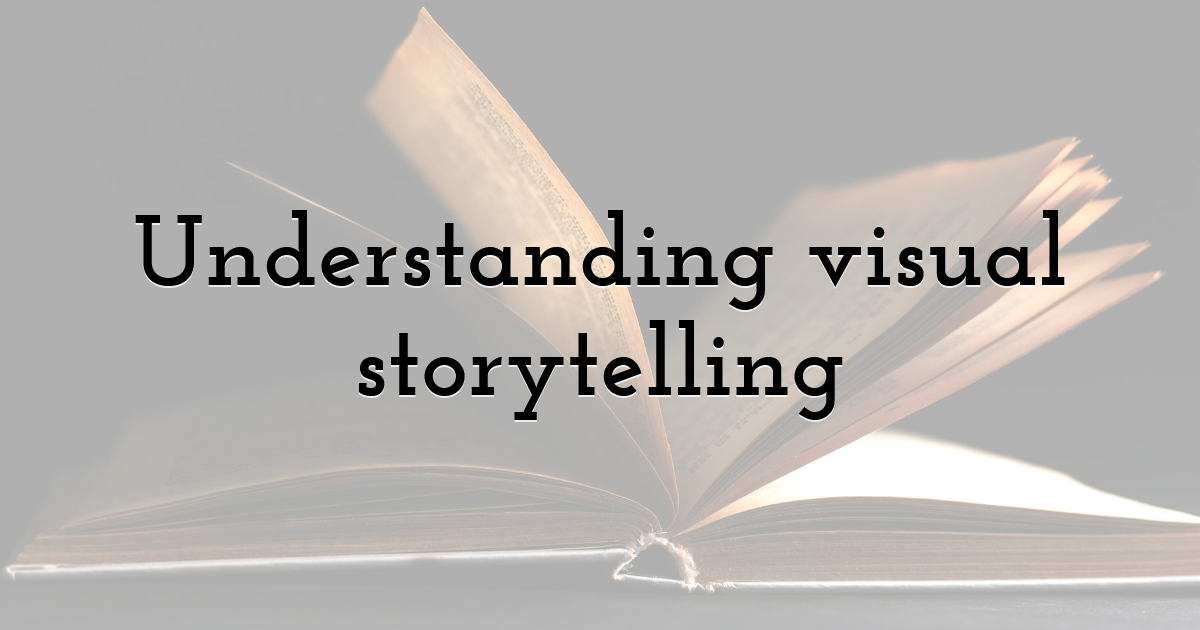
There’s nothing like visuals to wake up the curiosity of your audience. That’s why most marketers, 70% to be exact, use visual content in their marketing strategies. As for consumers, 50% say that they’re mostly influenced by images when trying to decide their next purchase.
Put yourself in your audience’s shoes. What grabs your attention more – a video or a block of text? We’re more drawn to visuals. They’re easier to take in. They’re more memorable.
That said, product marketing is only as successful as the story it tells. If you manage to tell the story of your product through visuals, you’ll manage to grab the attention of your audience.
The benefits of a well-crafted product story
We’re always hearing about how sales is more than just selling a product. It’s about getting to know your customers and earning their trust. The same goes for product marketing.
When told through visuals, a well-crafted product story:
- • Shows your audience why they should opt for your product. That is, how it helps them solve a real problem, as well as how it can make chores easier.
- • Helps your audience relate to your product. For example, a kid would never ask their parents for crayons just because they heard that their tips are break-resistant. But if they see other kids drawing without their crayons breaking, they’ll have to have them.
- • Sparks curiosity in your audience. A visual story taps into their emotions. And when you manage to connect with your audience on such a level, they’ll be eager to find out more.
But in order for you to be able to tell your product’s story, you need to first understand your customers. That said, let’s get into how you can create a visual product story that drives action
How to turn product features into visual stories
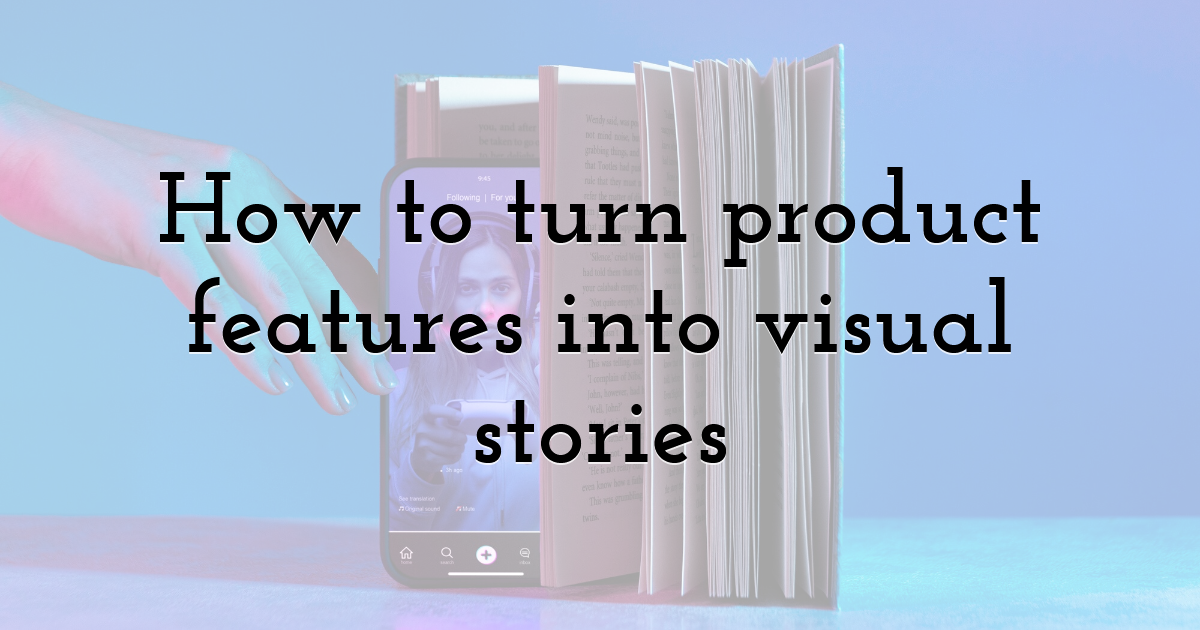
Every product has its story. And no, this story isn’t about its features. It’s about how those features benefit the ones who use them. And you’re the one who can tell your story best.
I can only give you some tips to get you started.
Understand your audience’s needs and pain points
All roads lead to your audience. When you know about what they care about and what challenges they face in their daily lives, you’ll be able to create a story that resonates with them.
So, instead of creating images and videos that showcase your product, try showcasing the experience that your audience will have with it. Nike’s “Just Do It” is a perfect example. Their ads always focus on what wearing Nike means – pushing past limits and achieving greatness.
Another great example is Rhode Skin by Hailey Bieber. Yes, it’s easier for brands of celebrities to stand out, but not all gain such a massive following. Rhode Skin has managed to connect with its audience through short videos that show people with natural skin casually using their products in their everyday moments. This is how the brand earned the trust of its customers.
So, what does your audience need? A great start would be to rely on the list of product survey questions by Attest to dig deeper into your audience’s needs. Platforms like these are here to help you collect real and meaningful insights about your target audience. Also, you can keep track of what people say about your brand or about products similar to yours on social media.
Choose the right format for your story
We always hear how you should promote your product as often as possible and anywhere you can. But the truth is, not all types of visual content work well for all products.
That said, you should choose the right format to tell your story. These could be:
- • Product demos: These are great for showing your audience how your product should be used and what its benefits are without them having to read through long descriptions and manuals. So, instead of just posting images of your product captured from every angle, you can create short videos that walk viewers through how it works, step by step
- • Lifestyle photos and videos: This is what we’ve been talking about all along. You need to make content that shows people using your product in their daily routines.
- • User-generated content: UGC is one of the best ways of telling your product’s story. This is because it comes from your customers rather than your brand. Naturally, this makes it a lot more genuine and easier for others to relate to than traditional ads.
- • Behind-the-scenes content: You know how there are a lot of restaurants with an open kitchen? This is a great move because customers love to see how their food is prepared.
Think about it this way – a hair styling tool comes to light through short tutorial videos because it shows your audience how easy it is to create different looks with it. On the other hand, a kitchen gadget is best promoted through unboxing videos, as it sparks the interest of your audience.
So, how will your product come to life?
Rely on tools to bring your visual story to life
No, you don’t have to have years of experience in visual content creation. You simply need to decide on the story you want to tell and why this story should matter to someone.
Leave the actual content creation to content creation tools.
Many tools are available that make creating videos simple. The only thing you need to do is upload a few photos and decide the type of video you’d like to be created. For example, PixTeller allows you to easily transform words and photos into images and animated videos.
If you’re leaning more toward audio and video content rather than just images or infographics, you might want to make your content more accessible to everyone. You can transcribe audio to text for free with tools like Happy Scribe that can help you not only to repurpose your content but also make it easier for people who are hard of hearing to connect with your content.
Let your audience see your product in action
When you already have a product, chances are, you already have a more or less clear idea of who your audience is. You’ve seen who’s buying and what kind of feedback you’re getting
This means that you’re already aware of how your product has been helping your customers and what they love most about it. The only thing left to do is show all of this visually.
Let’s say your product is a backpack, and you’ve heard through the grapevine that your audience needs a durable and comfortable backpack for everyday use. Use this information to your advantage. Create a video showcasing a student wearing your backpack filled with heavy books while walking around campus, or someone wearing it while hiking a rocky trail.
This is the most effective way to tell your story. That is, to talk about its features by showing how they play out in real life. Why? Because it helps your customers relate to your product more.
Don’t forget the visual details
You need to be very careful when choosing the color, lighting, and audio of your content. These elements greatly affect how people perceive and connect with your product.
If you haven’t heard about color psychology before, it’s the idea that colors can influence the emotions of people, as well as their decisions. Red is a classic example. When we think about red, we immediately associate it with something urgent, like when there are discounts.
Lighting also plays an important role. For example, bright lighting is ideal when you want to show the true colors and details of a product, while dim lighting is better for a luxurious mood.
Music, on the other hand, is a no-brainer. It makes us feel. This is why you need to find the right choice of music you want to match the mood you want to create in your visual content.
Bring your product to life through visual storytelling
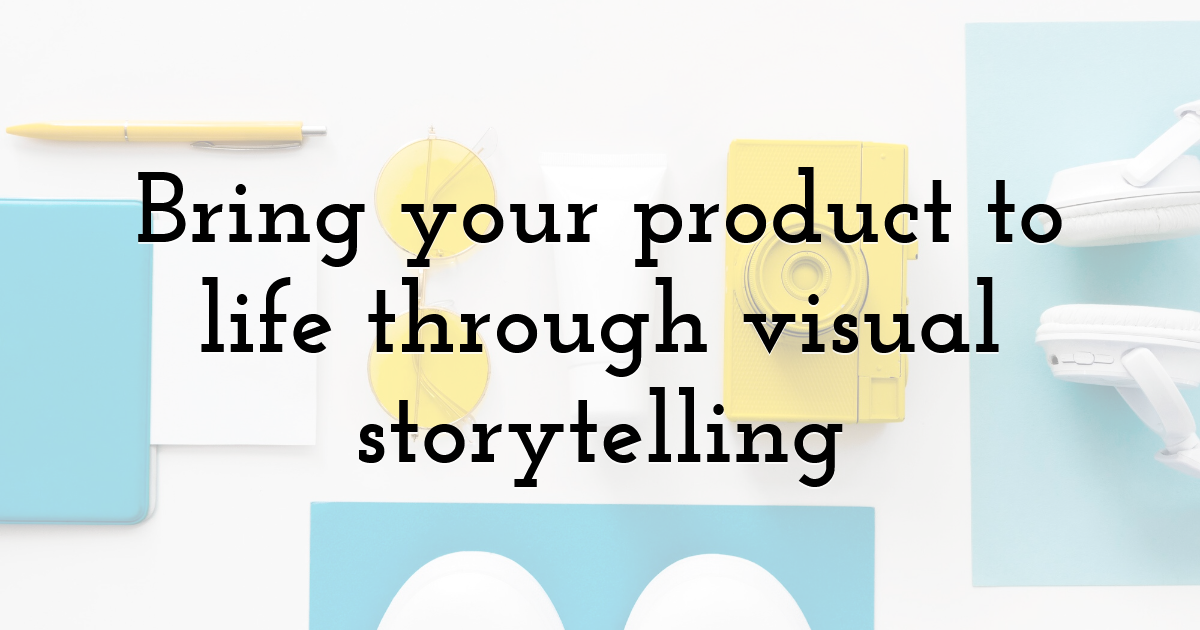
Before you start working on the actual content, ask yourself, “What is the goal of this story?”
Not every story fits well into every type of visual content. A quick tutorial might be perfect for showing how to use your product, but lifestyle photos are what create an emotional connection.
When you know what the goal of your story is, using visuals will help you tell it in the best way possible so that it grabs the attention of your audience and inspires them to take action.
Until next time, Be creative! - Pix'sTory by Makedonka Micajkova
Makedonka Micajkova is a freelance content writer and translator, always bringing creativity and originality to the table. Being multilingual with professional proficiency in English, German, and Spanish, it’s needless to say that languages are her biggest passion in life. She’s also a skilled communicator as a result of her three years of experience as a sales representative. You can find her on LinkedIn.
Recommended posts
-
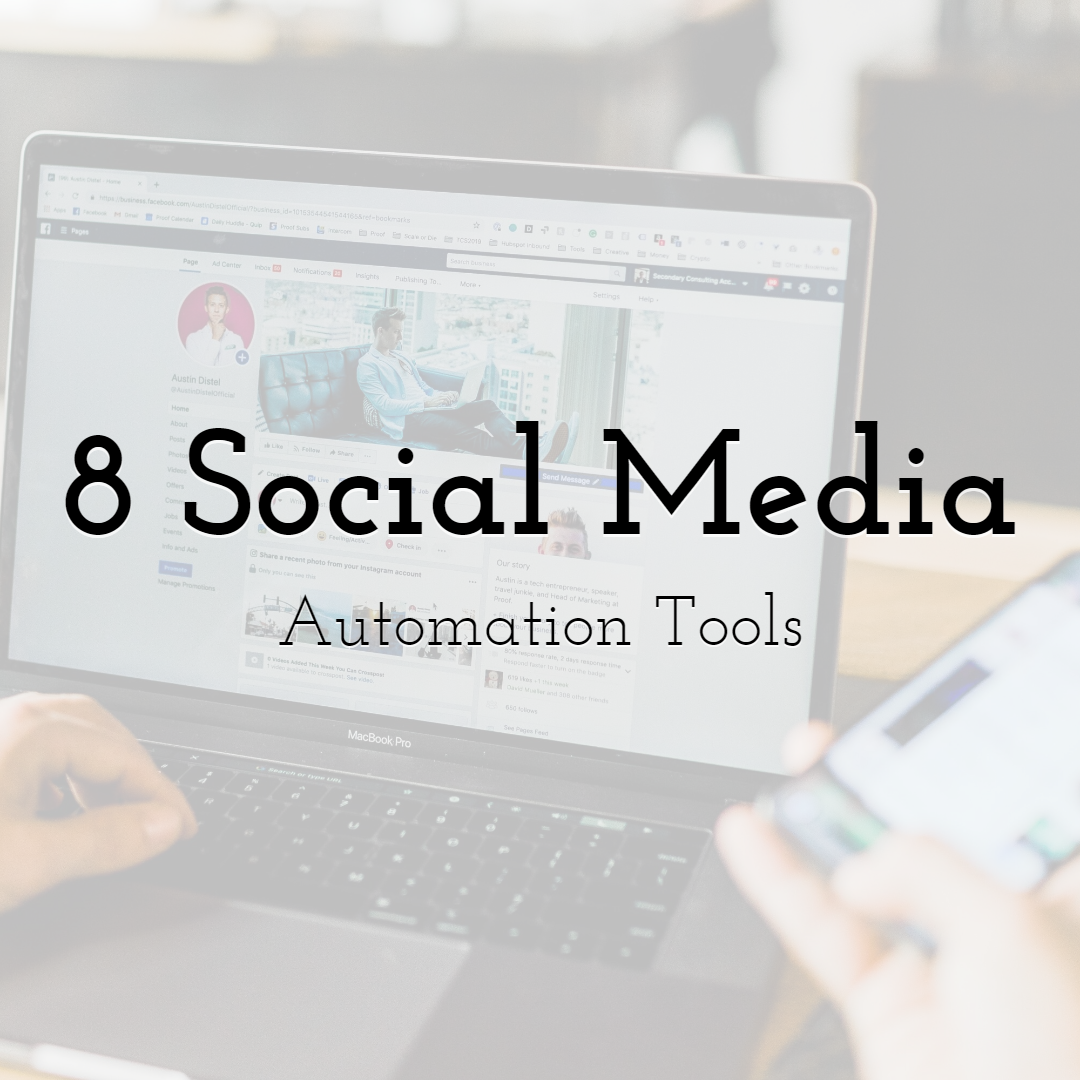
8 Social Media Automation Tools that will Boost Your Traffic
Read More › -
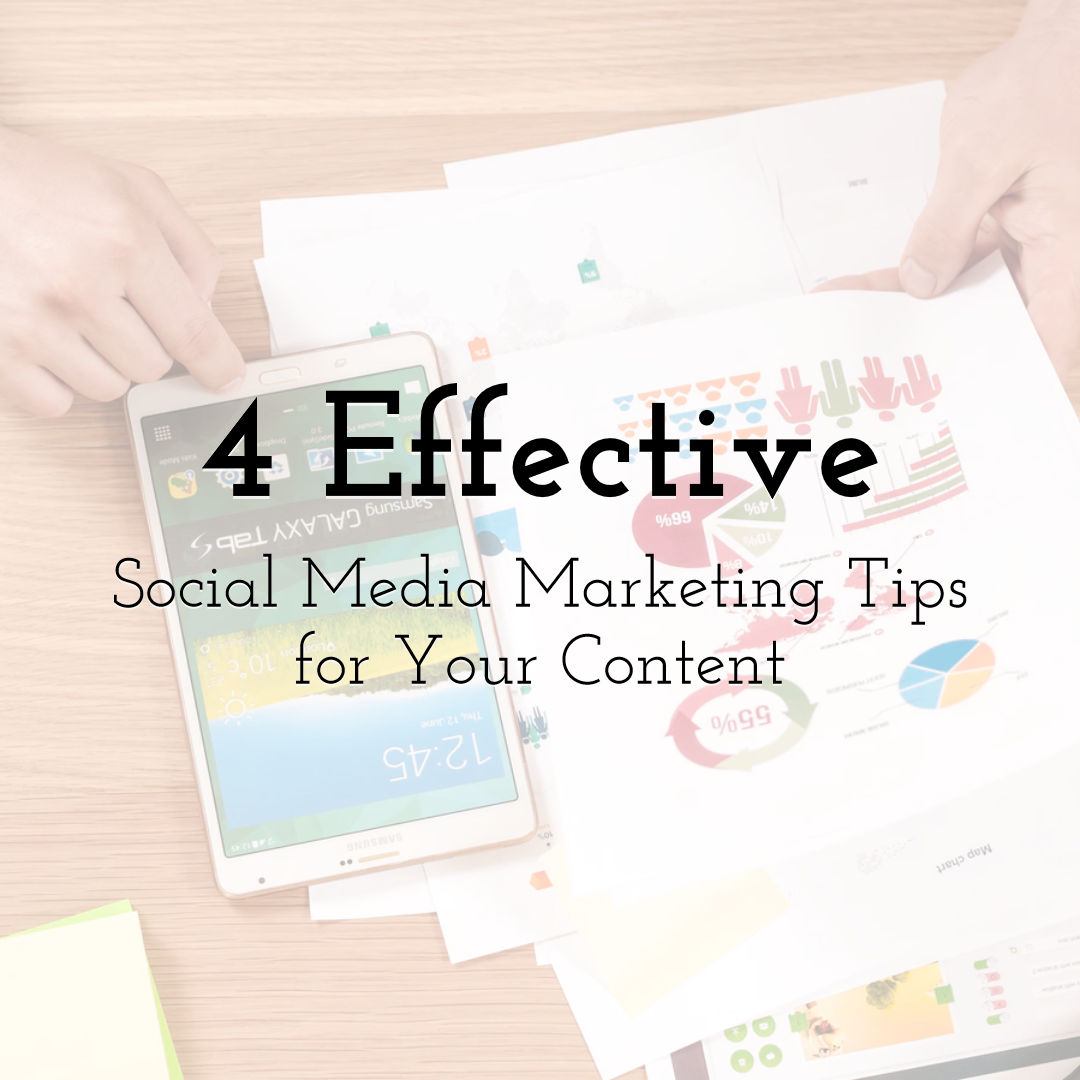
4 Effective Social Media Marketing Tips to Attract More Eyeballs for Your...
Read More › -
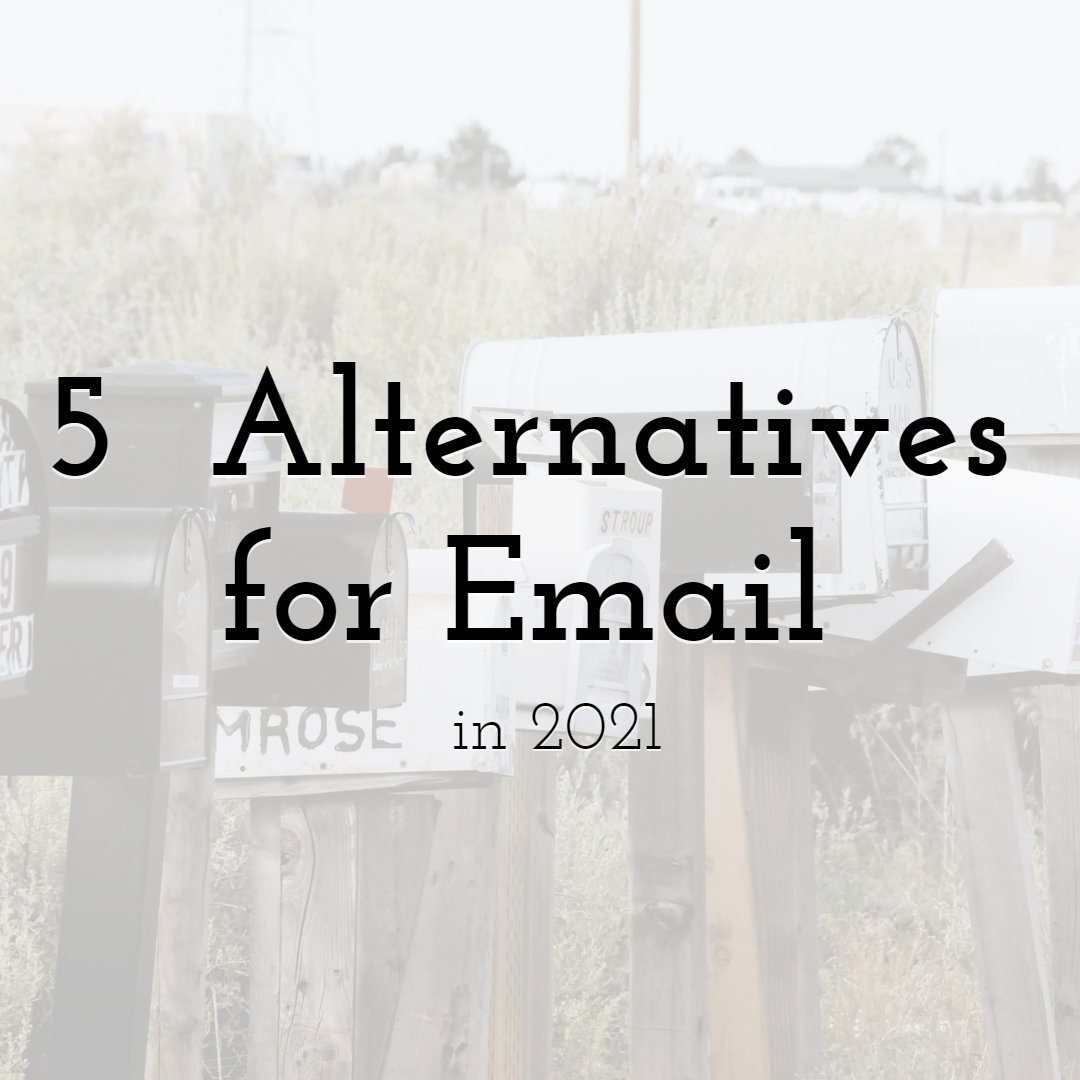
5 Best Alternatives for Email
Read More › -
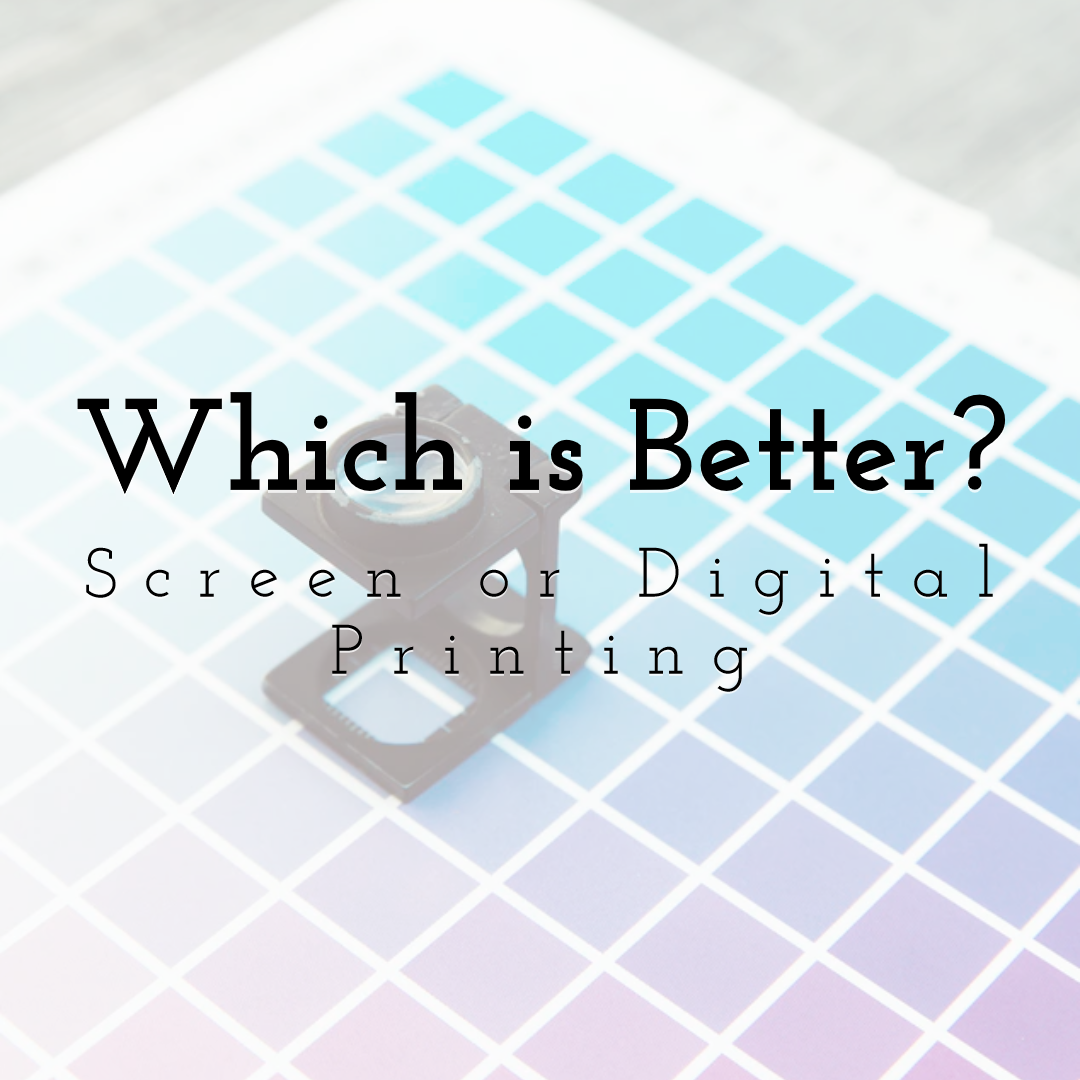
Which is Better? Screen Printing or Digital Printing
Read More › -
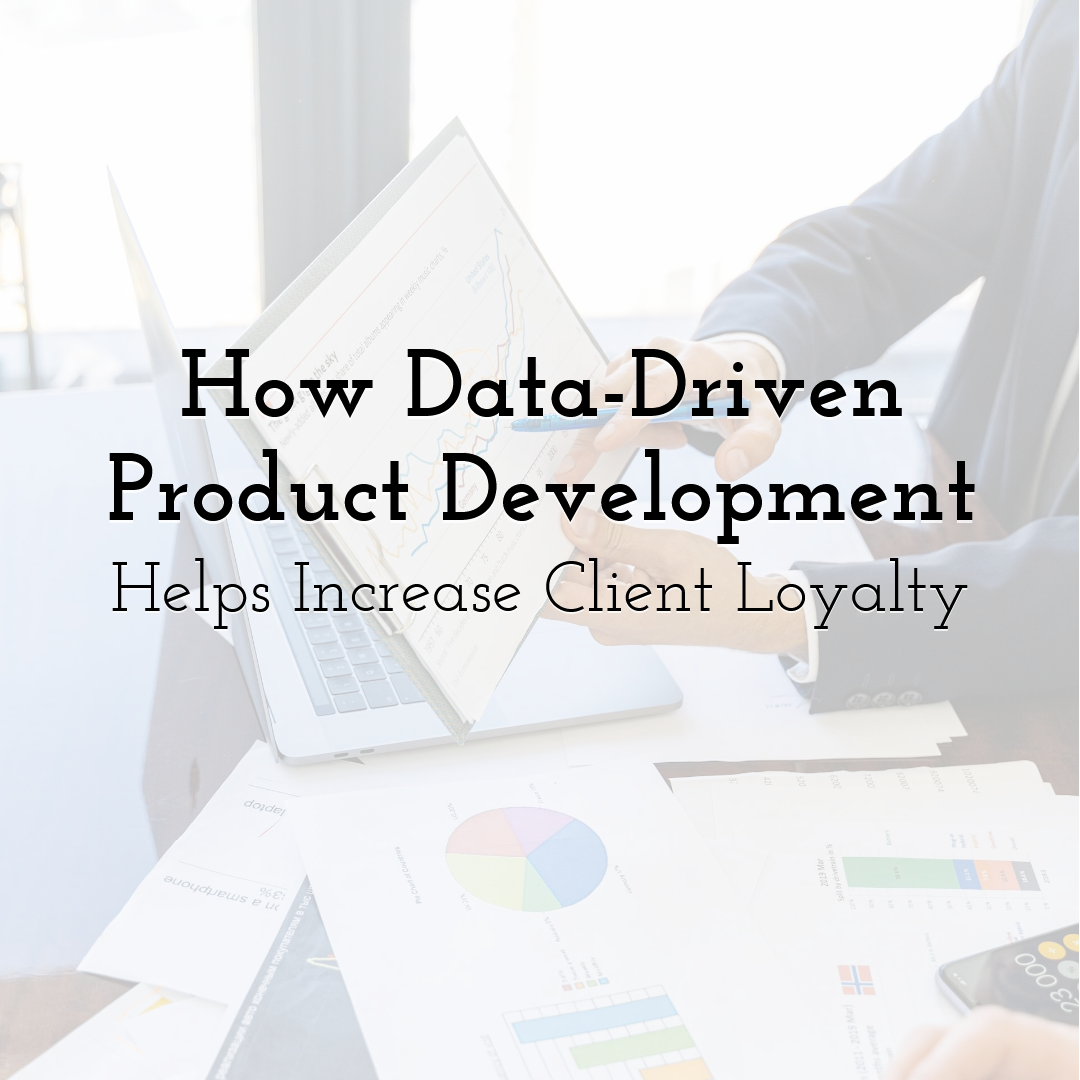
How Data-Driven Product Development Helps Increase Client Loyalty
Read More › -
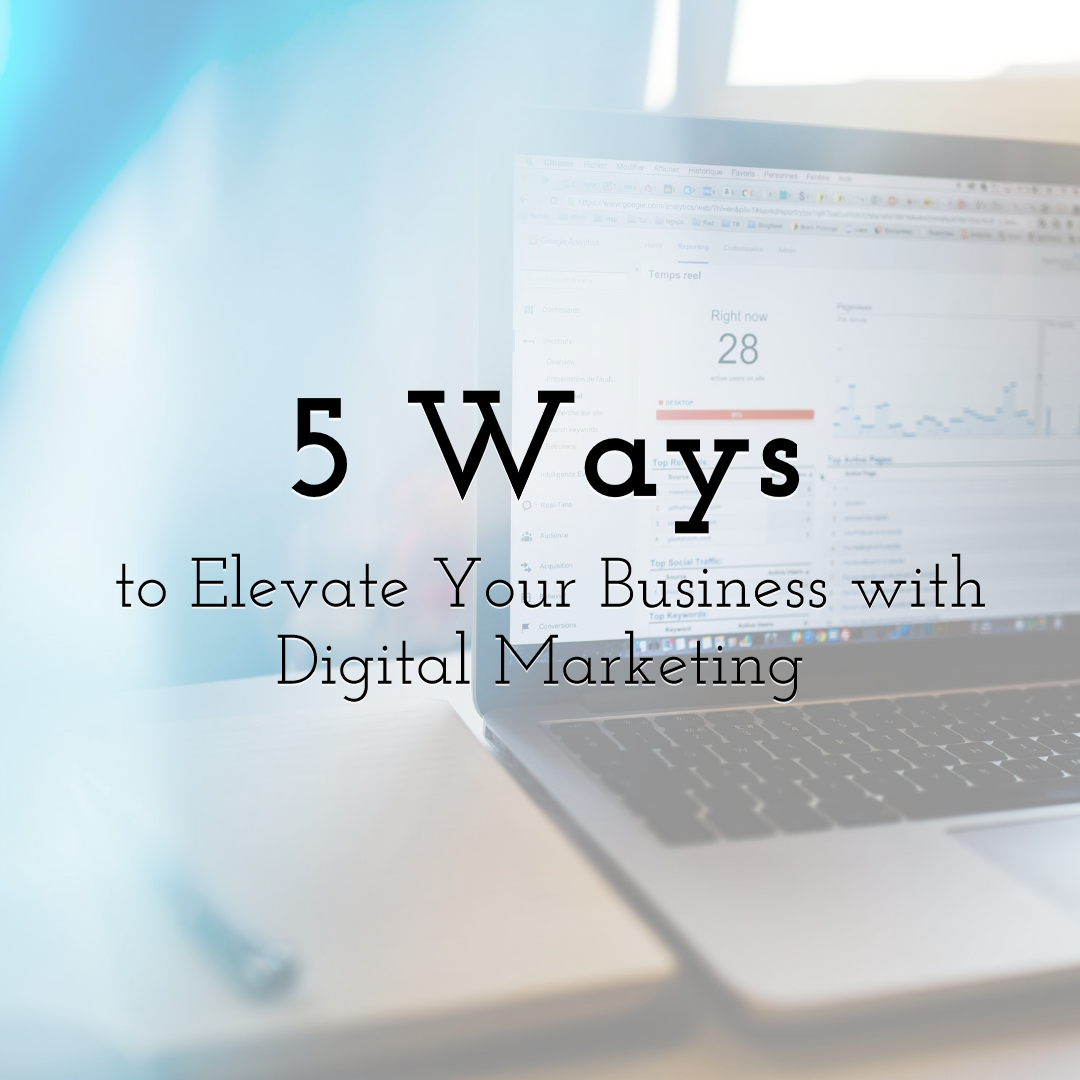
5 Powerful Ways to Elevate Your Business with Digital Marketing
Read More ›
